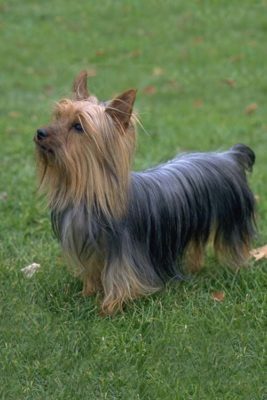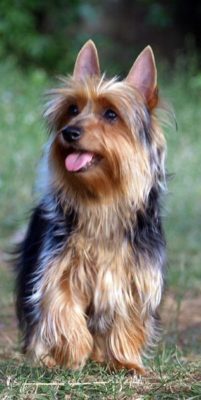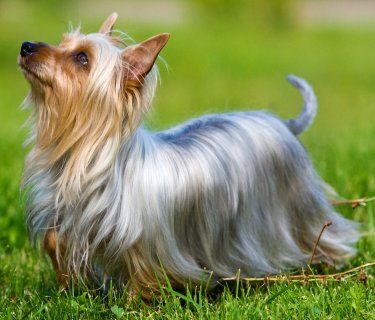Australian Silky Terrier
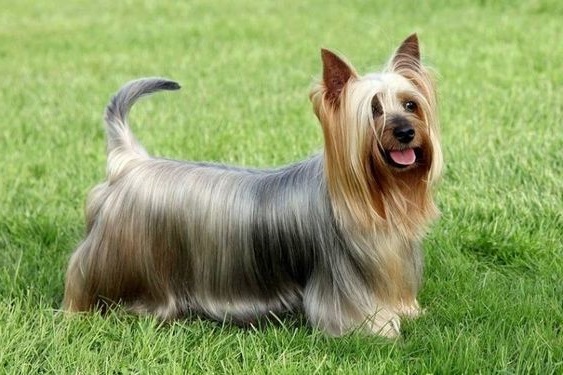
Australian Silky Terriers can adapt well to any situation in life but need owners who have time for their beloved pets. Dogs do not like to be ignored, preferring to play with all family members. Fascinated by the breed, owners may be tempted to let a Australian Silky Terriers do many things. It’s best to be sure to set rules and stick to them.
Table of Contents
Breed Information
| Another Name | Silky Terrier |
| Origin | Australia |
| Height | Males 23-26 cm Females 16-20 cm |
| Weight | Males 2-5 kg Females 2-4 kg |
| Fur | Soft, long |
| Color | Blue-padded |
| Lifespan | 13-15 years |
| FCI Classification | Terriers |
| Group | Dogs for apartments, ornamental dogs, hunting dogs |
| Price | $800-1200 |
Breed Photos
Origin History
The casual observer would be forgiven for mistaking the Silky for a Yorkshire or Australian terrier at first glance. After all, Yorkies and Aussies were the main components used by Australian breeders to create the Silky breed in the early twentieth century. Other breeds that may have influenced the development of the Silky breed (depending on who tells the story) include the Cairn, Dandy Dinmont, and Sky Terriers. Three of several British terriers were brought to Australia by English settlers. For the record, Australian Silky Terriers are larger than Yorkies and smaller than Australians.
Appearance
The Australian Silky Terrier is a little lighter, animated by curiosity and a spirited disposition. The wedge-shaped head is topped with thick hair split down the middle and standing V-shaped ears. Silks are more refined than the typical rat terrier. Adult males reach 26 cm at the withers and females 20 cm. The adult male dog weighs up to five kilograms, and the bitch weighs up to four kilograms. The dog has a magnificent blue and tan coat. It is straight and shiny, similar in feel and behavior to human hair.
Character
Australian Silky Terriers can adapt well to any situation in life but need owners who have time for their beloved pets. Dogs do not like to be ignored, preferring to play with all family members. Fascinated by the breed, owners may be tempted to let a Australian Silky Terrier do many things. It’s best to be sure to set rules and stick to them. The breed has a strong hunting instinct, so a leash is necessary when walking outside.
Care
An Australian Silky Terrier’s coat should be brushed at least twice a week with a pin-brush or soft-bristle brush. A long-toothed metal dog comb can also come in handy for gently combing areas where tangles may begin to form. If left unattended, tangles will be uncomfortable for the dog and can cause skin problems.
Claws should be trimmed once a month. A bath every four to six weeks with a gentle shampoo designed for dogs will help keep his coat and skin clean and healthy. Grooming sessions are an excellent time to examine your dog for new lumps or skin problems and make sure his eyes and ears are healthy.
Training
The Australian Silky Terrier requires more exercise than most breeds in that group. Smart, bold, and energetic, Silky Terriers need people who know how to channel that energy into daily exercise and training for sports and work. The breed excels in the ring exterior, and pups have been successful in companion competition, especially in agility.
Common Diseases
There are many diseases that the Australian Silky Terrier is prone to, namely:
- diseases of the intervertebral discs;
- hip dysplasia;
- epilepsy.
Nutrition
Dry food is best for the breed. It contains all the necessary minerals and vitamins, and importantly, ingredients to keep the coat shiny. In addition to dry food, some treats should be included to motivate him during training when he is commanded. It is worth remembering that the pet should always have constant access to freshwater.
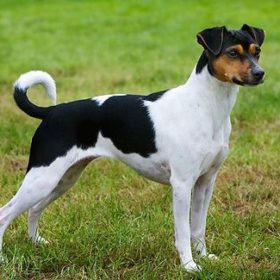 Brazilian Terrier
Brazilian Terrier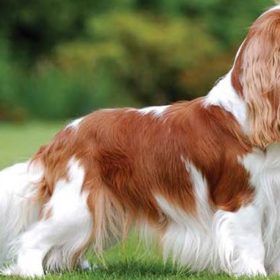 Cavalier King Charles Spaniel
Cavalier King Charles Spaniel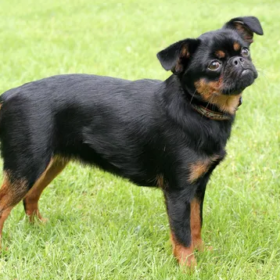 Petit Brabançon
Petit Brabançon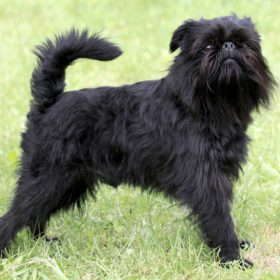 Griffon Belge
Griffon Belge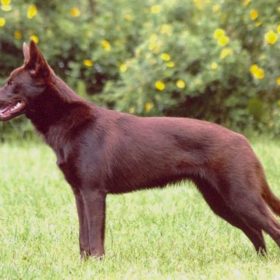 Australian Kelpie
Australian Kelpie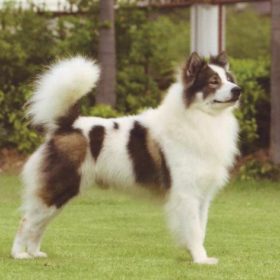 Thai Bangkaew Dog
Thai Bangkaew Dog